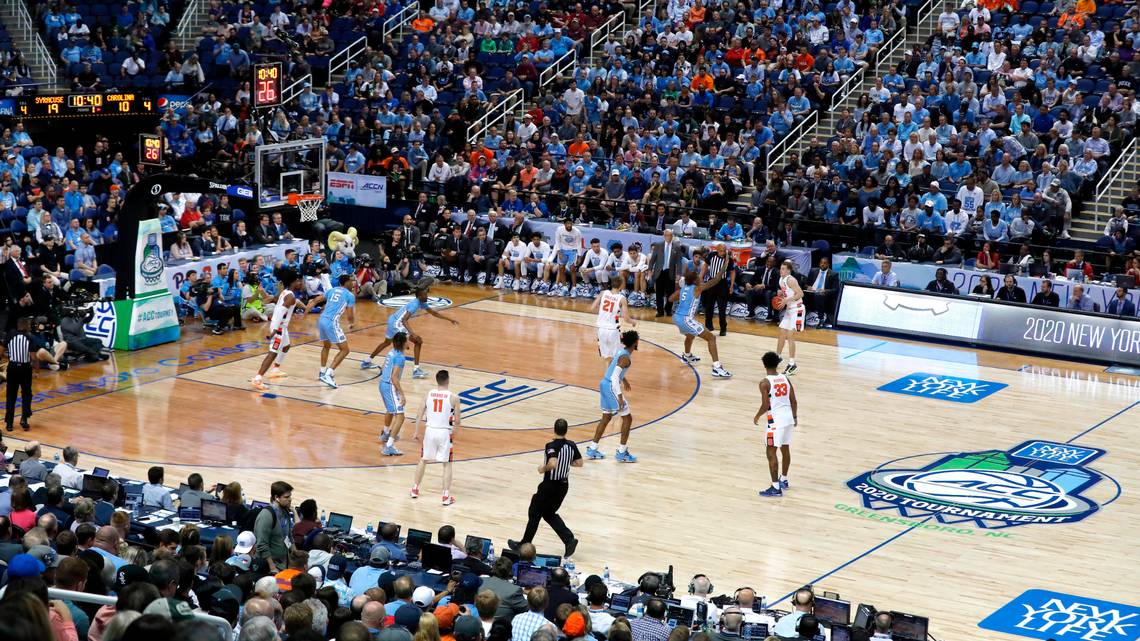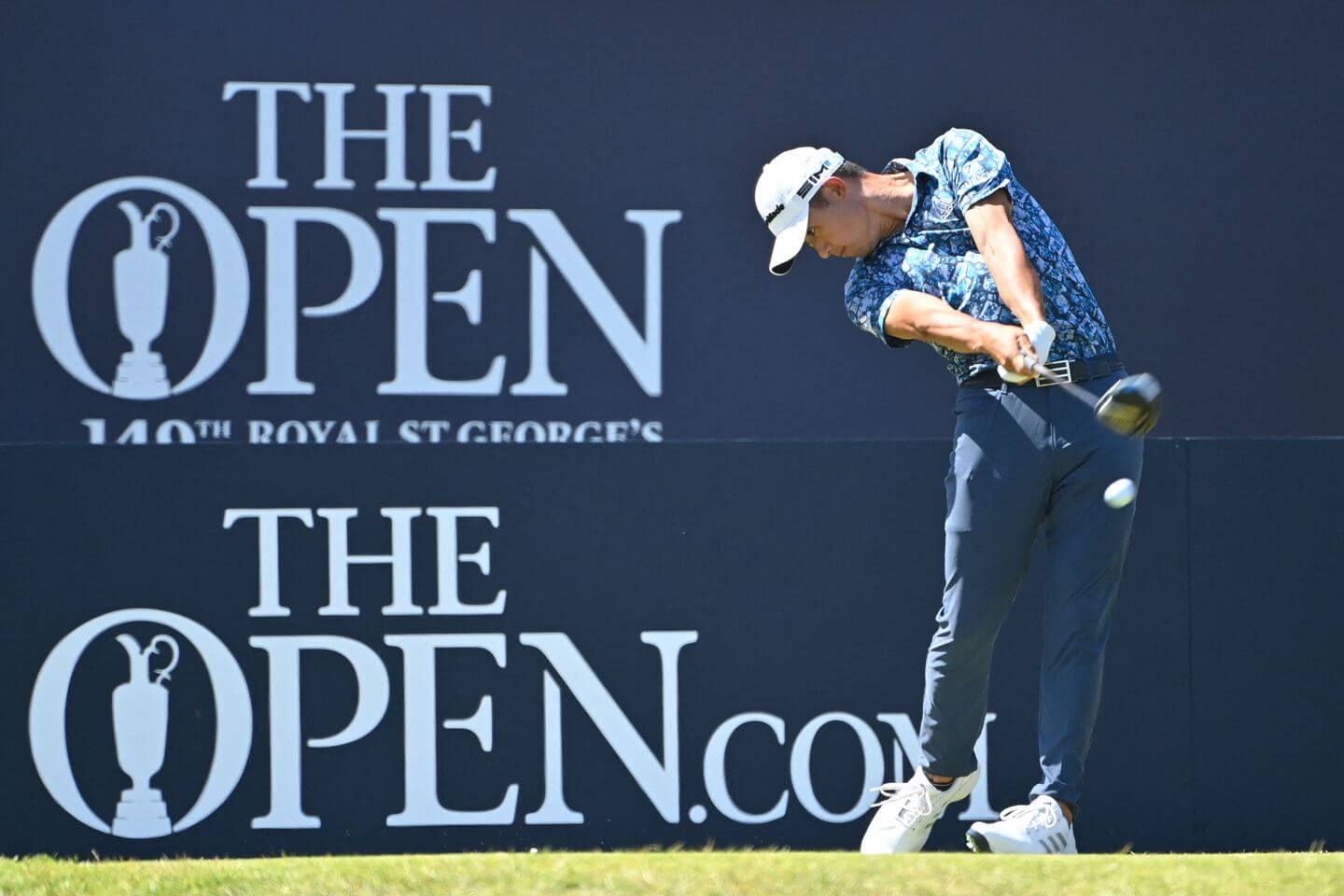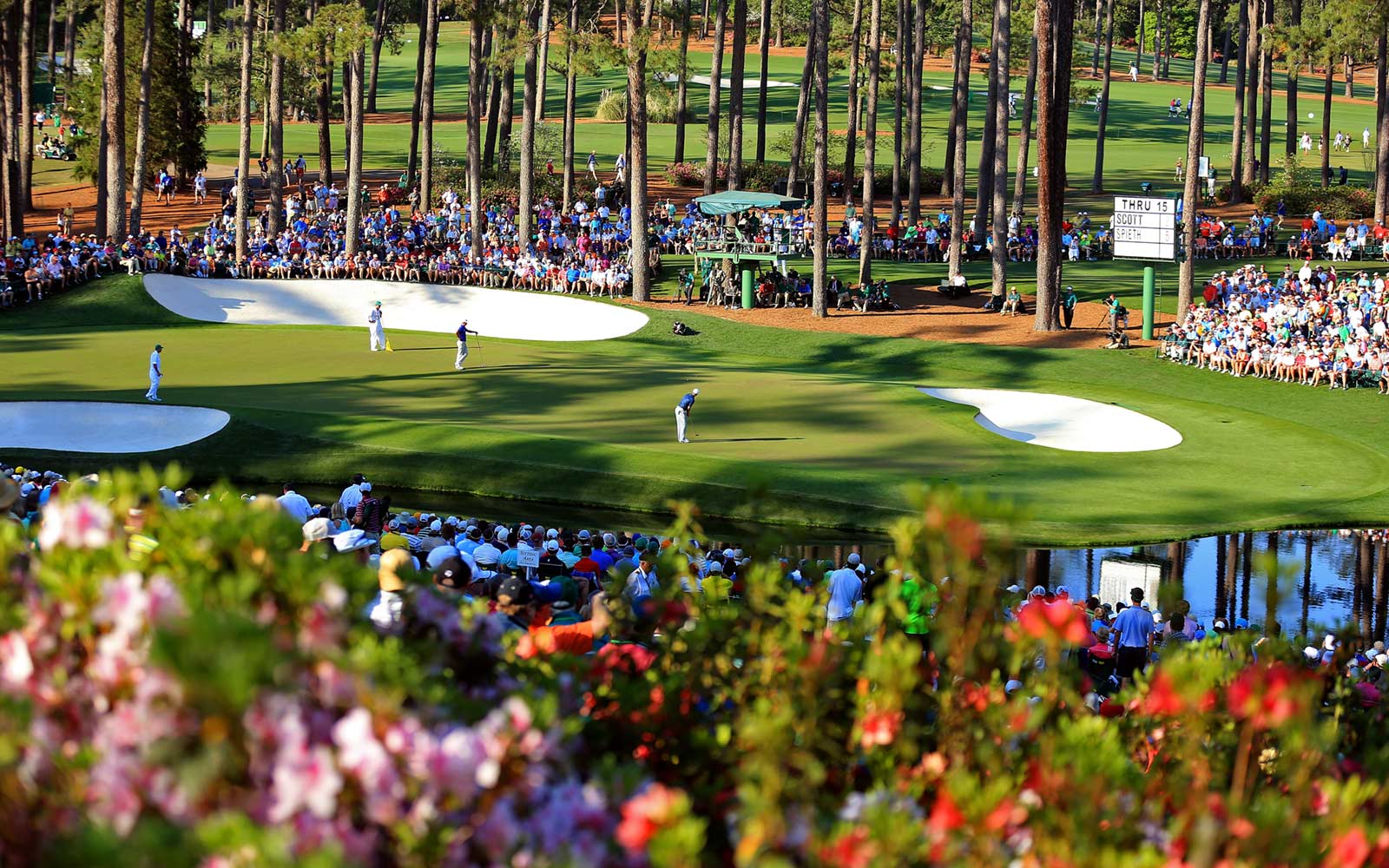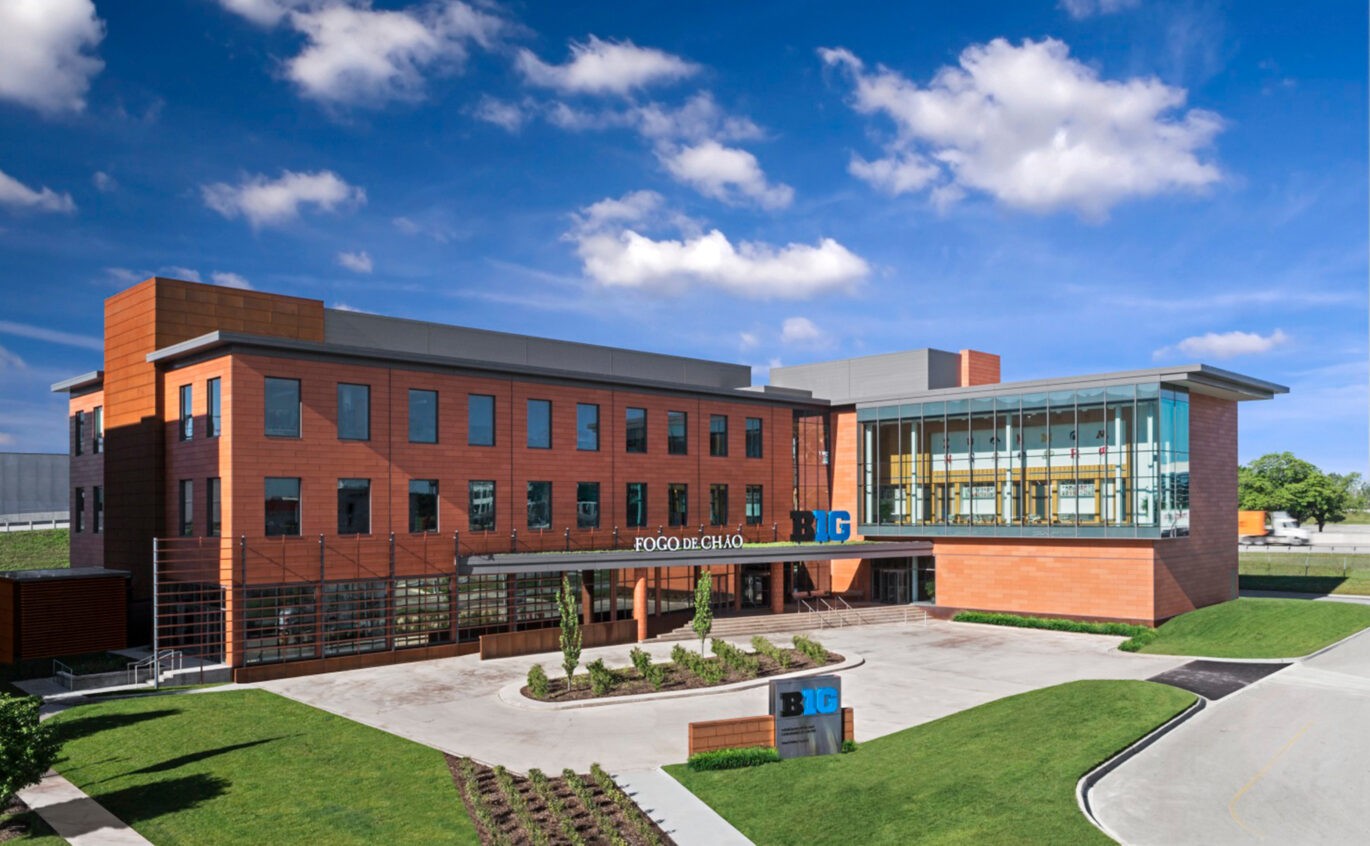Arnold Daniel Palmer is the most important golfer ever to stick a tee in the ground.
Born in the Pittsburgh suburb of Latrobe, Pennsylvania, September 10, 1929, he was the son of Milfred J. “Deacon” Palmer, the head professional and greenskeeper at Latrobe Country Club. After graduating from Latrobe High School, where he was one year behind Fred Rogers of Mister Rogers’ Neighborhood, Palmer accepted a golf scholarship to Wake Forest University, leading the Demon Deacons to three Atlantic Coast Conference titles. Following a three-year stint in the United States Coast Guard, he returned to golf and won the 1954 U.S. Amateur. The following year, he turned pro. His first victory came in the Canadian Open, where the 26-year-old rookie collected a $ 2,400 winner’s check. Palmer won two events in 1956, four the following year and three in 1958, including his first Masters. His breakout year came in 1960, when he won eight tournaments, including the Masters and U.S. Open, and was awarded the Hickok Belt as top professional athlete of the year while being named Sports Illustrated “Sportsman of the Year.” He won five major championships between 1960 and 1963 and, in 1967, became the first man to reach one million dollars in career earnings on the PGA Tour. Palmer won the Vardon Trophy for lowest scoring average four times and went 17 years with at least one Tour victory, tying him with Jack Nicklaus for the longest streak in history.
Television in the late 1950s was in the midst of a phenomenal growth spurt. Only an estimated nine percent of U.S. households had TV sets at the beginning of the decade. By 1958, that figure was almost 85 percent. Through the 1950s, the Masters was a clubby little event but was not yet a championship. TV broadcasts were limited—only the final round of the U.S. Open and the final four holes of the Masters were televised. What was missing was a superstar. Ben Hogan and Sam Snead [Daily Dose, May 27] were good but lacked charisma. Along came Arnold. The ultimate full-throttle golfer, “Arnie” was built for the camera. Charismatic and flamboyant, Palmer walked off the tee striding, he was leading, and he was going to win. His swing was a blacksmith’s lash with a corkscrew finish and his go-for-broke style resonated with the everyman. Palmer’s aura and good looks were admired by men and adored by women. He was the perfect guy at the perfect time for televised golf, bringing an elitist, country club sport to the masses. Arnie put golf into American living rooms. “He made the path for us,” said Lee Trevino. Frank Chirkinian was the father of televised golf, directing coverage for CBS for over three decades. “Golf is always looking for a star. It’s the only sport where fans will root against the underdog. They don’t want their stars to lose, and Arnie was that star.” His legion of fans came to be known as “Arnie’s Army,”—the largest non-uniformed military in existence. Chirkinian said Palmer,”dispelled the notion that golf was elitist. He was a blue collar kid, and the average player could relate to his swing.” Mr. Palmer was always attacking and trying to make birdies. His style helped create drama. “I think I saw a swing in that lunge,” observed former U.S. Open champion and CBS golf analyst Ken Venturi.
Arnold Palmer was infinitely cooler than the coolest person you know. Television made him larger than life—he was “The King”–and he quickly became everyone’s hero. An engaging personality, Palmer helped the Open Championship, which had become a stagnant event, regain its iconic status re-establish its place as perhaps the most prestigious of golf’s four major championships. When he first played golf’s oldest tournament in 1960, it had fallen out of favor with American pros. The last American to win the Open Championship had been Hogan [Daily Dose, August 13] in 1953 and, put off by the long journey and comparatively low prize money, only three Americans had entered in 1959. “Our top golfers don’t like to leave the rich American tour,” said Palmer, “for an event which offers a first prize of only about $ 3,500.” Having won the Masters and U.S. Open in 1960, Palmer traveled to Scotland trying to emulate Hogan’s feat of 1953 by winning all three majors in the same year. After losing to Ken Nagle by a single shot, he returned to win the tournament in 1961 and 1962 and become an international star. Suddenly, the Open Championship—cherished by Bobby Jones [Daily Dose, March 17], Walter Hagen and Snead—was cool again.
Mr. Palmer was the first golfer to win the Masters four times and is one of the greatest players in history. He won 92 tournaments worldwide, including 62 on the PGA Tour, fifth-most of all time. Between 1960 and 1963, Palmer won 29 times. He revived the Open Championship but made the Masters. In a nine-year stretch during which the tournament went from a black and white afterthought to a live, gather-the-family color TV show, Palmer won the Green Jacket four times–on a stage that rivaled Churchill Downs for grandeur. Golf’s most important trailblazer was also a charger, flicking his cigarette and hitching his trousers—more James Dean that PGA Tour player—before hitting a shot. At the 1960 U.S. Open, he drove the first green and two-putted for birdie, roaring from seven shots back to win at Cherry Hills Country Club. Palmer won seven majors and finished second in four U.S. Opens. The only major title to elude him was the PGA, where he finished second three times. Arnold Palmer has 13 different streets named after him in the U.S., the Latrobe airport bears his name, and has an iced tea-and-lemonade drink—the “Arnold Palmer”—quite refreshing after an afternoon on the links–that also carries the moniker.
The Arnold Palmer Invitational is one of the most prestigious tournaments on Tour. Mr. Palmer played on six winning Ryder Cup teams and served as U.S. captain twice. The King is an original inductee into the World Golf Hall of Fame, created Golf Channel and was presented with the PGA Tour Lifetime Achievement Award in 1998. All hail the King!
On this date in 1956, Arnold Palmer won his second PGA Tour event, beating Ted Kroll with a birdie on the second hole of a playoff to claim the Insurance City Open. On this date in 1963, Palmer beat Tommy Aaron and Tony Lema in an 18-hole playoff to win the Cleveland Open.
“The most rewarding things you do in life are often the ones that look like they cannot be done.”
– Arnold Palmer









